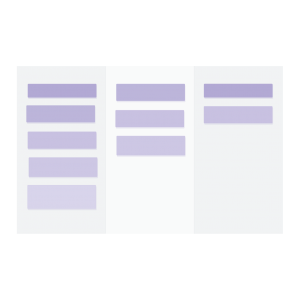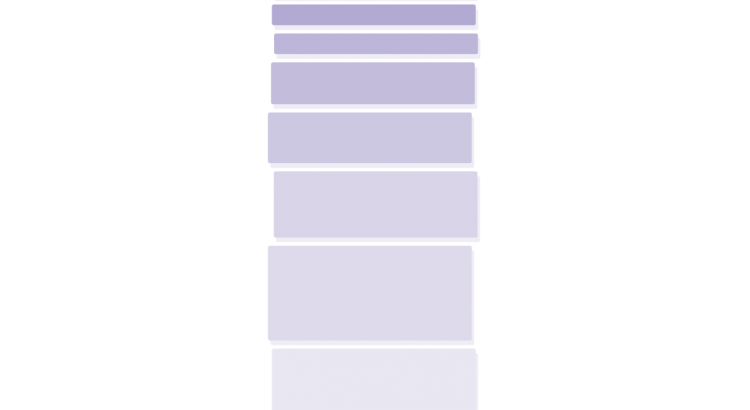Team Backlog
Each Team has exactly one Backlog for its area of responsibility and tasks . It consists in the finest level of granularity of Team Goals for the Team. The Team Product Owner is responsible for and prioritizes the Team Backlog . A large part of the Team Backlog is derived by the Team Product Owner Group and the Team System Engineer Group from the Cluster Backlog , or the System Backlogs by refinement of the entries.
The other part of the Team Backlog consists of work and measures that the team carries out to improve the quality of work and results, e.g.
- Quality measures and improvement of the team process from the team’s Improvement Backlog
- Maintenance of the products, systems and Modules responsible for the team
- Maintenance and servicing of tools and tools.
In order to make the team’s working speed more predictable, the proportion of backlog entries derived from the Cluster Backlog should be relatively stable over time (e.g. 80% of the team’s capacity).
The Team Backlog is prioritized by the Team Product Owner.
In Team Backlog Refinement , the Team Backlog Items are presented by the Team Product Owner and estimated by the Working Team.
In Team Planning, the Working Team pulls as many Team Backlog Items as the it believes it can handle due to its previous speed of work. This is the Iteration Backlog, which is the plan for the next Iteration.
Work in iterations or in continuous Kanban-mode
Teams have the choice of planning, executing and controlling their work in a rhythm of fixed time units, ie in Iterations, or in a continuous flow, with each Backlog Item individually going through the different states of the team’s work process. This is then made transparent on a Kanban Board.
As a rule, teams that provide a service for other teams (Service Teams) work with Kanban, since new work can be planned and started at any time, and finished work can be delivered at any time.
Iteration Backlog
The Iteration Backlog reflects the work of a Team for a currently running iteration. The planned work, reflected by backlog elements, is pulled into the Iteration Backlog by the Working Team at the start of the Iteration, which is referred to as Pull.

Team Kanban
If the Team works in Kanban-mode, it uses a Team Kanban Board instead of the Iteration Backlog. The first column corresponds to the Team Backlog and the last column to the status “Done”. All other columns are defined by the Team, according to the team’s internal work process.

\r\n
Further suitable links:
| Events | Roles | Groups | Artifacts |
| Team Planning | Team Product Owner | Working Team | Inspectable Results
. . |
